No technique is ideal.
No bed bug treatment approach can solve all problems in every circumstance.
You’ve come to the right place if you want to understand what works, when, and where are the downsides. We’ve gathered the most discussed methods for bed bug treatment and listed them in the table below. Next to them, we’ve listed their advantages and disadvantages.
We recommend you evaluate and decide your treatment method(s) based on the provided information, your existing situation, and your goals. Keep in mind that a combination of several different treatment methods may be necessary to fully eliminate a bed bug infestation.
Stay Safe.
Your BedBugGuide Team
Advantages and Disadvantages of Available Bed Bug Treatments
| Method | Advantages | Disadvantages |
|---|---|---|
|
Toxic Pesticides 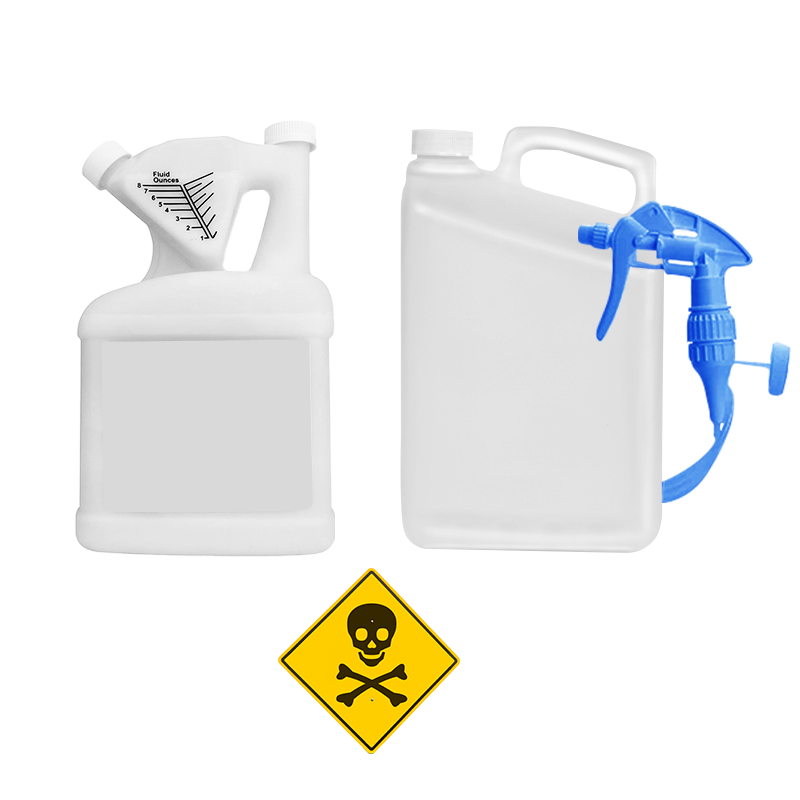
|
· Highly effective. · Inexpensive. · Widely available. · Easy to apply. · Can provide long-term protection when applied correctly. |
· Highly toxic. · May require repeated applications. · Bed bugs can develop resistance to certain chemicals over time. · Require to follow the label instructions. |
|
Non-Toxic Pesticides 
|
· Highly effective. · Non-toxic. · Ideal for homes with children and pets. · Odorless and leave no stains. · Hypoallergenic. · Biodegradable. |
· No residual effect (repeated applications required). · Require to follow the label instructions. |
|
Foggers or Bug Bombs 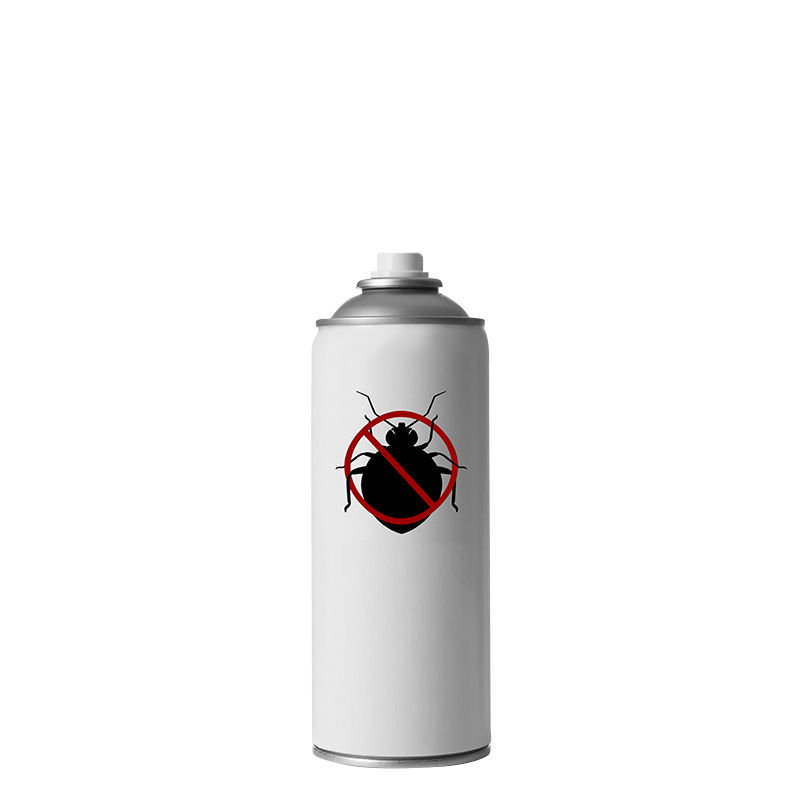
|
· Simple to use. · Low cost. · Available anywhere. · Can quickly cover a broad area of a large room or several rooms at once. |
· Risk of Fire or explosion due to their flammability. · May force the bed bugs to run away and disperse to other areas. · Ineffective in cracks, crevices, and other hard-to-reach areas. · Requires vacating the premises during its effect. · Health risk if not used correctly. · Can be harmful to humans and pets, especially if the product is not used as directed. |
|
Essential Oils 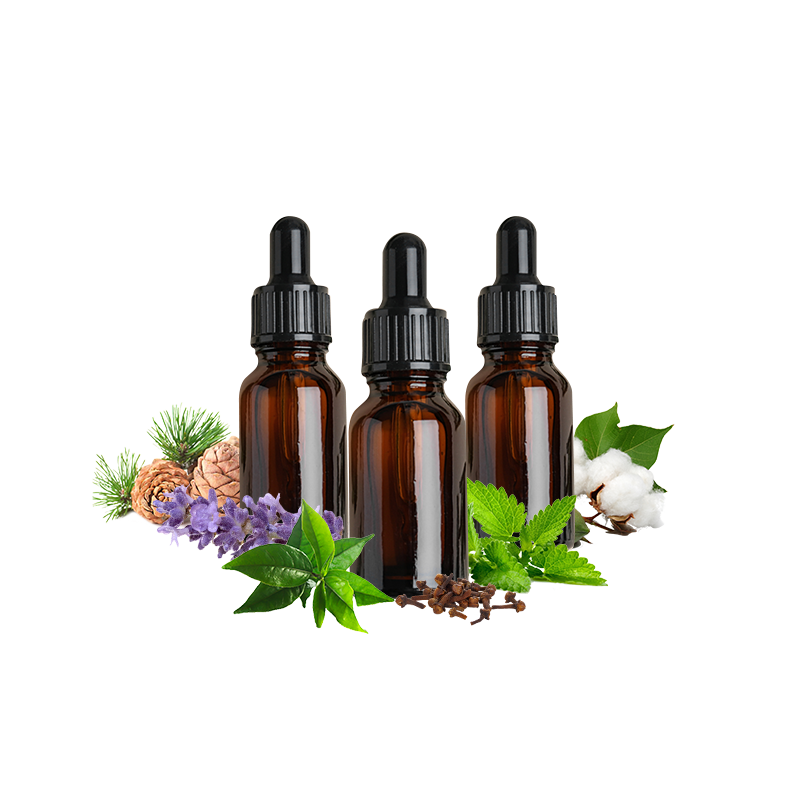
|
· Non-toxic. · Residual effect. · Biodegradable. |
· Variable effectiveness. · Leave strong odor and stains. · May trigger allergic reactions. · Slow to kill bed bug population, since it requires bed bugs to walk into the treated area. · Incorrect application or dilution may reduce effectiveness. · Strong odor may repel bed bugs to disperse on a wider area in your home. · May be toxic to pets. |
|
Home remedies 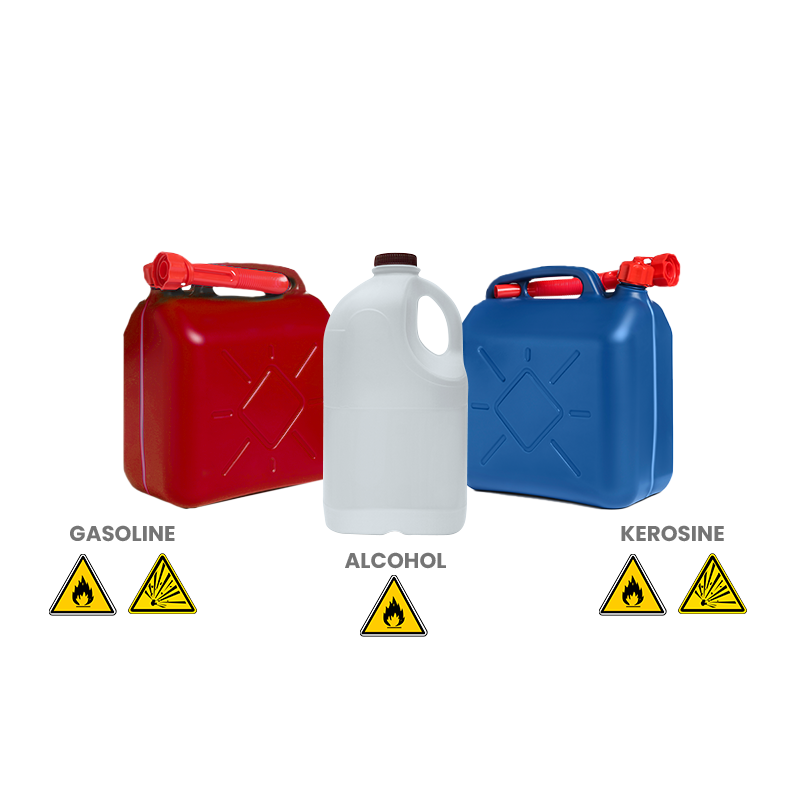
|
· Can be used as a natural killer. · High availability. · Inexpensive. |
· Variable effectiveness. · Many are not proven to be effective against bed bugs. · May also cause irritation or allergic reactions in some people and pets. · Could harm you and your family and can easily ignite (a spark, cigarette, or similar). · May leave odor and stains. |
|
Desiccants 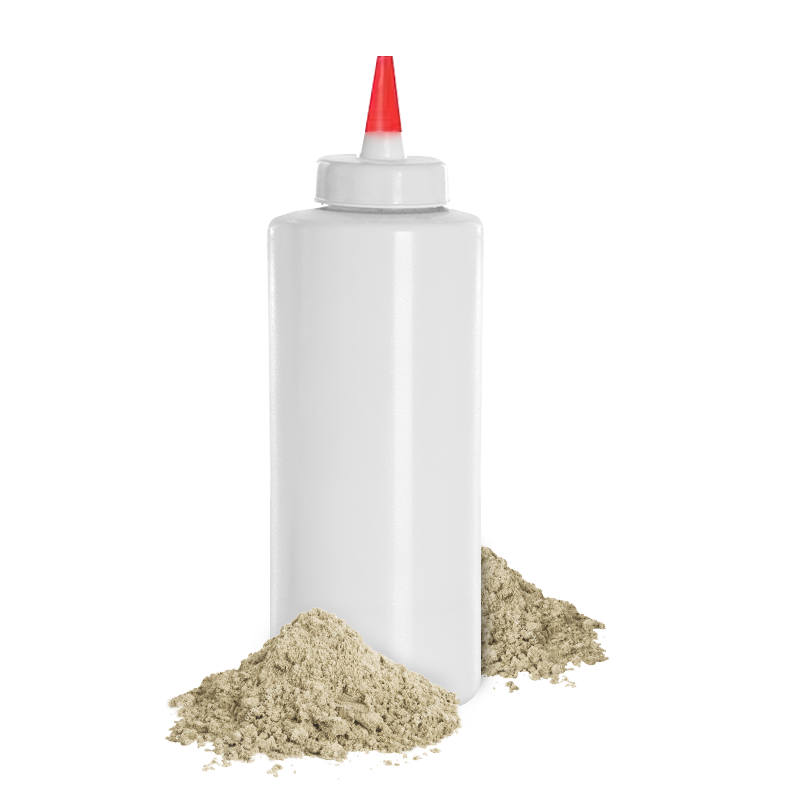
|
· Highly effective. · Non-toxic if handled correctly. · Chemical-free. · Environmentally friendly and sustainable option. · Residual effect. · Bed bugs can’t develop resistance to them. |
· Incorrect grade desiccants should not be used since they can harm your health. · Not recommended solution if you have pets or children. · Inadequate in case of severe infestations. · Slow (up to several months) to kill bed bug population, since it requires bed bugs to walk into the powdered area. · Messy: a fine powder can easily spread and become airborne. Can be difficult to clean up and can cause respiratory issues if inhaled in large quantities. · Leaves residue. · Does not kill eggs. · Effective only while the powder is present and dry. · Ineffective in cracks, crevices, and other hard-to-reach areas. · Requires a careful and skilled application with correct protective gear. |
|
Heat treatment 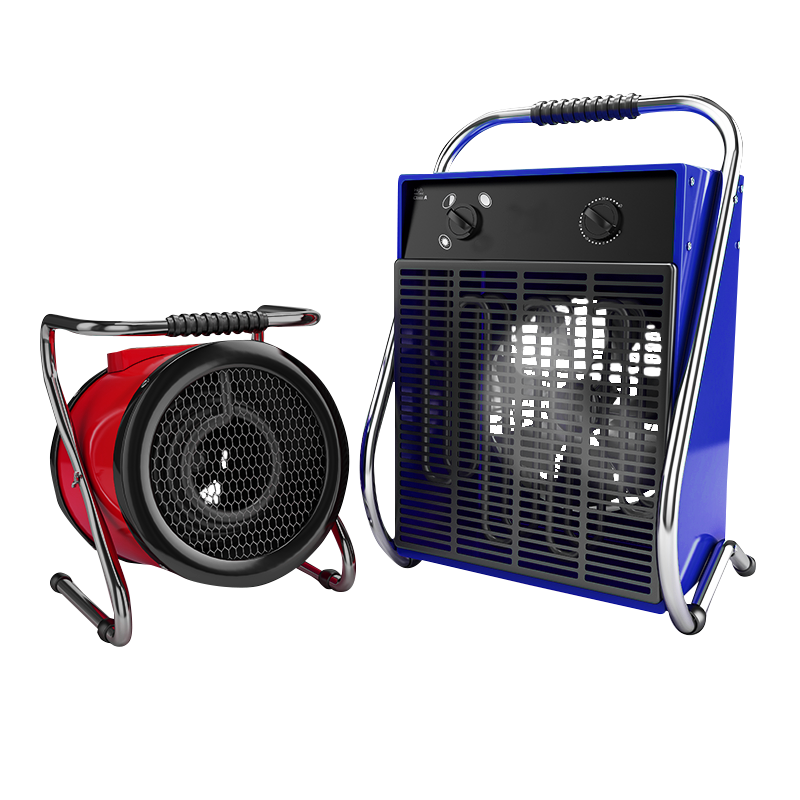
|
· Highly effective. · Non-toxic. · No chemical residue. · High probability of infestation removal already after a single session. · Good option in highly cluttered homes. · Good for infestations with time pressure. |
· Very expensive. · Will not work unless a consistent and sufficient temperature is not reached and maintained for enough time. · Not suitable for certain materials or areas. · Ineffective in deep cracks, crevices, and other hard-to-reach areas. · Requires vacating the home. · Not a DIY method. The thermostat or space heaters do not work. · No residual effect. |
|
Heat Treatment 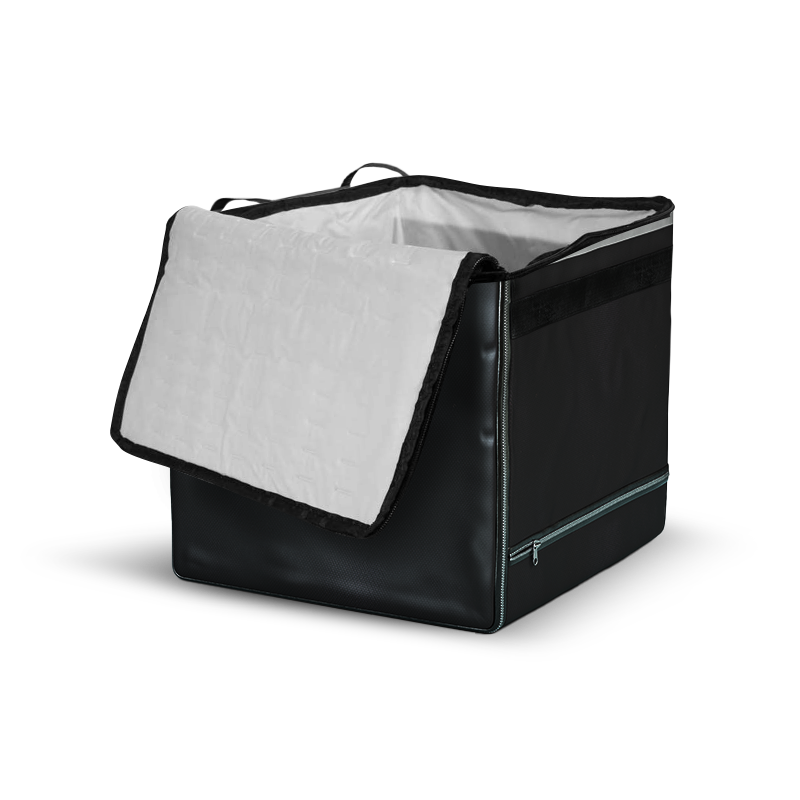
|
· Highly effective. · Non-toxic. · No chemical residue. |
· Variable prices. · Not suitable for certain materials (electronics, delicate fabrics, etc). · Impossible to apply to surfaces (e.g. floor, mattress, walls), bigger items (mattress, carpets, furniture, etc), or cracks. · No residual effect. · Time-consuming slow process. |
|
Heat treatment 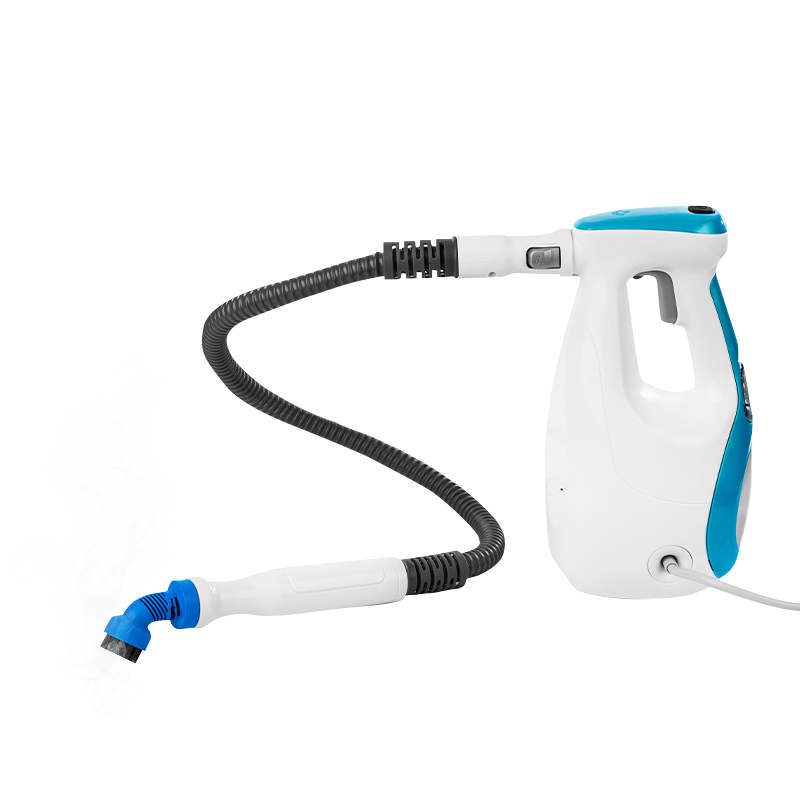
|
· Highly effective. · Can be used on a variety of surfaces. · No chemical residue. · Non-toxic. · Relatively inexpensive. |
· Time-consuming slow process. · May require multiple treatments. · Ineffective in areas where the steam cannot penetrate (e.g. inside walls, deep within furniture, leather). · Inappropriate for certain surfaces (electronics, delicate fabrics, etc). · May force the bed bugs to run, scatter, and infest wider areas. · Health risk: probability of getting burned. · Residual moisture can cause mold problems. · No residual effect. · Requires practice. |
|
Cold Treatments 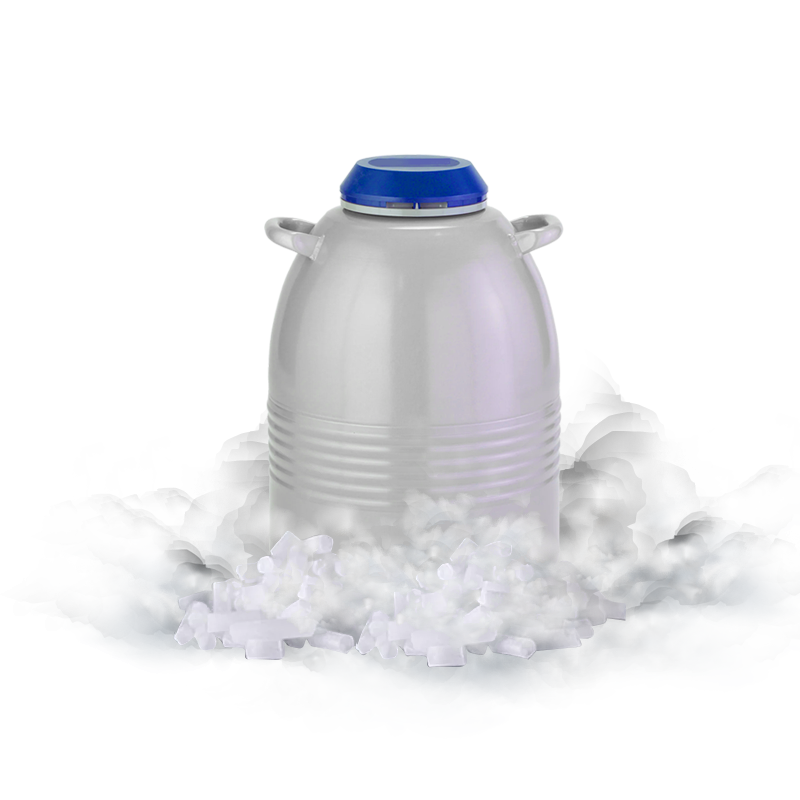
|
· Non-toxic. · Useful in certain situations where laundering or pesticide treatment is not applicable. |
· Questionable efficacy since it is not a well-researched area. · Expensive. · Time-consuming. · Not suitable for certain materials and cracks. · Sometimes impossible to reach a consistent sufficient temperature. · May force the bed bugs to run, scatter, and infest wider areas. · No residual effect. · Health risk: probability of ice burns. · Requires practice to apply. · Time-consuming slow process. |
|
Cold Treatments 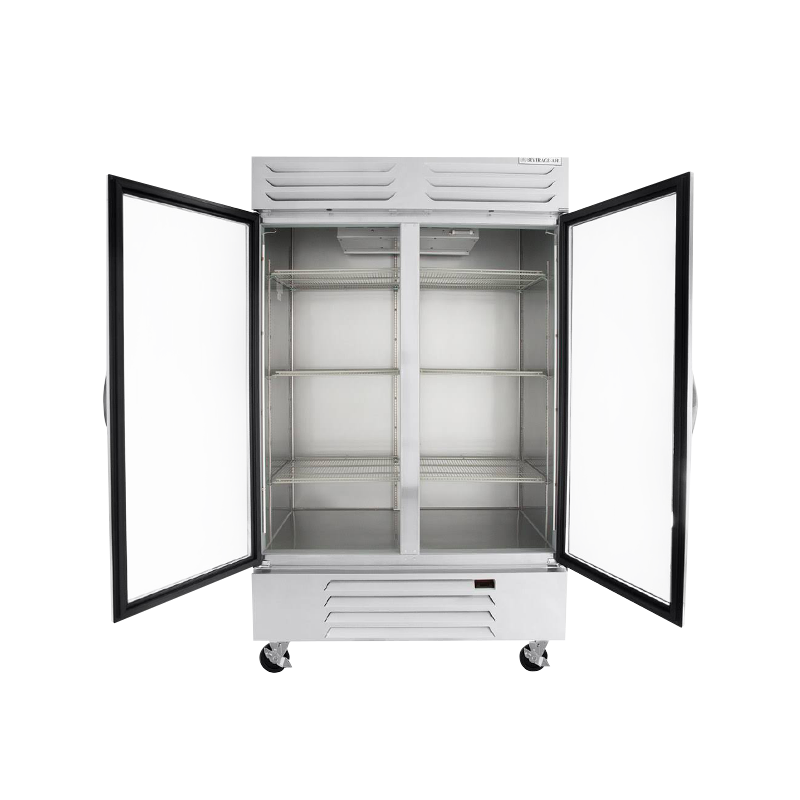
|
· Inexpensive. · Non-toxic. · Widely available. · Great for small items. |
· Questionable efficacy since it is not a well-researched area. · Impossible to apply to surfaces (e.g. floor, mattress, walls) or big items (e.g. mattress, furniture). · Very low consistent temperatures are required to achieve the desired effect: min. 0°F (-19°C). · Difficult to determine the minimum required time to kill the bed bugs (rule of thumb: min. 3 consecutive days). · Time-consuming. · Limited applicability due to space limitation and humidity issues. · No residual effect. |
|
Item disposal 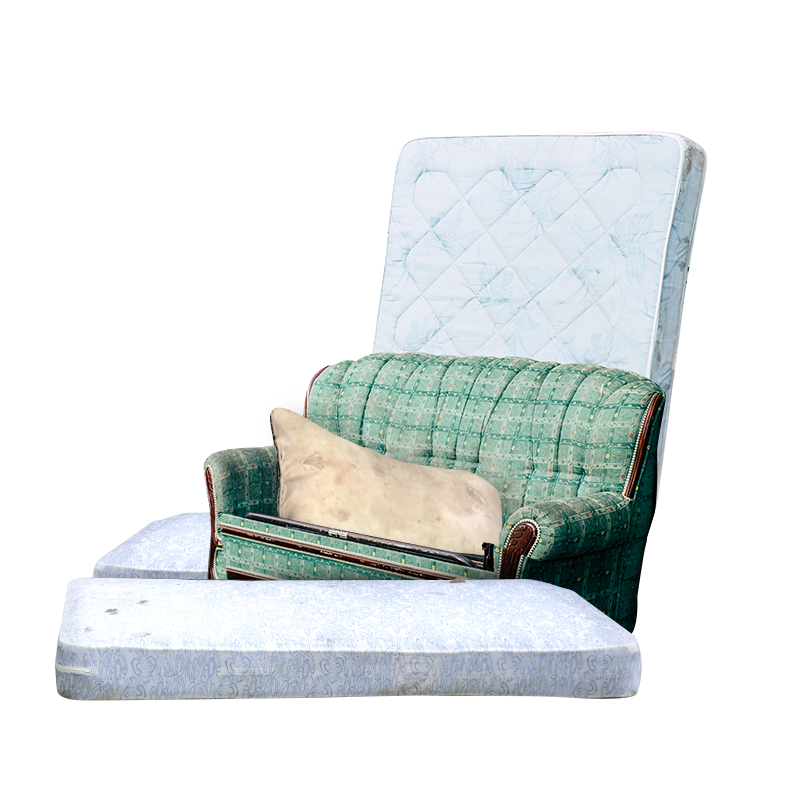
|
· Simple and quick solution. · Non-toxic. · Applicable for severe infestations. |
· Does not remove the infestation, as bed bugs hide in many areas that cannot be disposed of. · Infested items can spread the infestation to your neighbors, building, or neighborhood, making the problem significantly worse. · Replacing the items can be costly. |
|
Vacuuming* 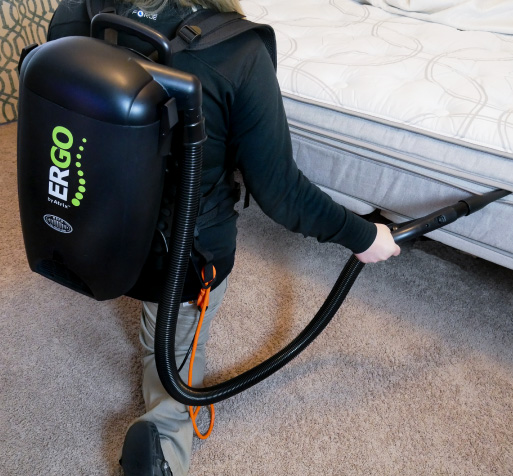
|
· Non-toxic solution. · Leaves no residue. · Simple, quick, and easy. · Inexpensive. |
· Used alone will not remove the infestation. · Questionable effectiveness in hard-to-reach areas and cracks. · Effectiveness varies based on the vacuum’s suction power and filters. · Caught bed bugs do not die, but only remain dormant. · If not careful, the bed bugs from the vacuum can escape, infesting even more locations. |
|
Encasements* 
|
· Non-toxic solution. · Leaves no residue. · Simple, quick, and easy to set up. |
· Used alone will not remove the infestation. · Effective only in a few areas (bed and its parts). · Caught bed bugs do not die, but can remain dormant for up to a year. |
|
Traps/ interceptors/ monitors* 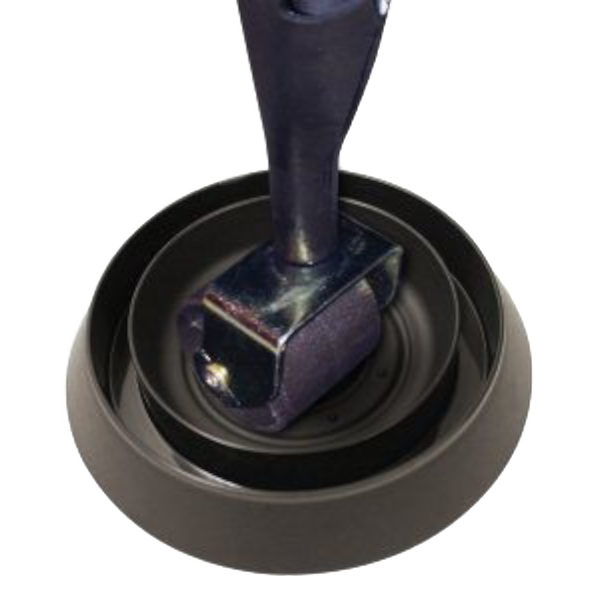
|
· Non-toxic solution. · Leaves no residue. · Simple, quick, and easy to set up. · Great for monitoring the bed bug population. |
· Used alone will not remove the infestation. · Effective only in a few areas (bed and other furniture with legs). · Caught bed bugs do not die. |
|
Laundering or tumble drying* 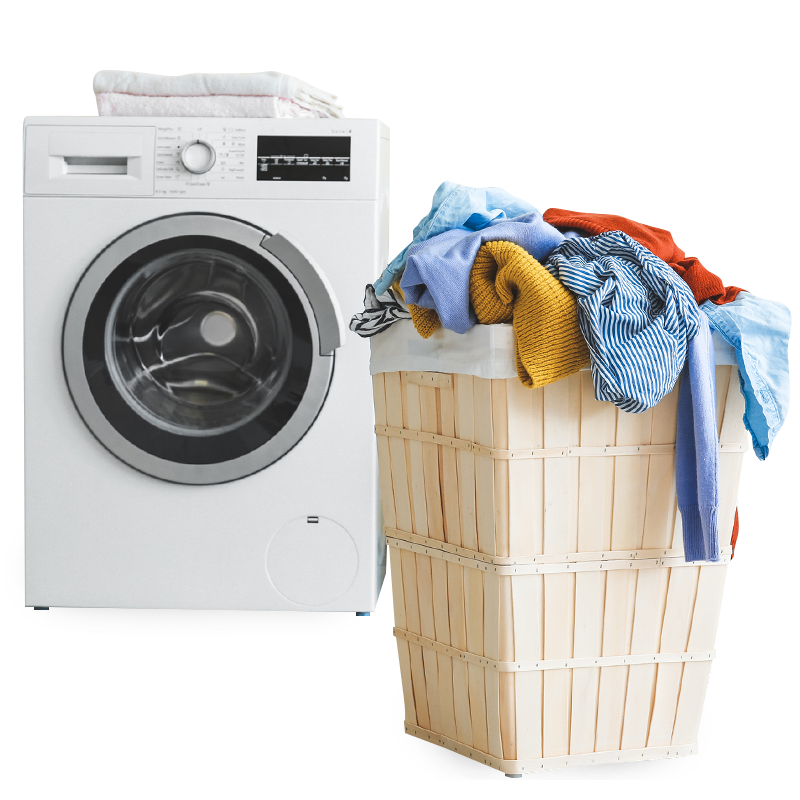
|
· Highly effective. · Non-toxic solution. · Leaves no residue. · Simple, quick, and easy to set up. · Inexpensive. |
· Can only be applied to small items or textiles. Cannot be applied to furniture, equipment, surfaces, and rooms. · If a minimum temperature of 120°F is not reached the treatment will not be effective, unless a specialized detergent is used. |
*recommended supplementary methods during any bed bug infestation treatment
All treatment types mentioned above can be performed by yourself or delegated to a professional pest control provider. Check below the list of upsides and downsides of hiring an external professional service.
Advantages and Disadvantages of Professional Pest Control Services
| Advantages | Disadvantages |
|---|---|
| · Ideal for severe infestations. · Frees your time. · Faster results. · Professional expertise. · May provide a wider range of treatment types if you approach the infestation by yourself. · Reduced risk, since the handling of bed bugs, tools, pesticides, and home equipment is done by experienced professionals. | · Very expensive option. · Often no performance guarantee. · May require several treatments, increasing the costs and time expense. · It may require vacating your home. · Small chances of chemical treatments exposing humans and pets to toxins. · Small chances of home damages. |
If you decide to go ahead with Pest Control Services we recommend reading our Guide to selecting an exterminator.
Don’t know where to start?
Then you might consider SayByeBugs. This simple solution has been a secret weapon for all who want to get rid of bed bugs, care about their health, and do not want to spend thousands of dollars. You can read more about its tested and proven to destroy formula, and how it has helped over a quarter of a million homes to be bed-bug-free here.
You spray a light mist on any surfaces where bed bugs might be hiding on. The formula will destroy them in seconds. Want to know more or see it in action? Click on the button below to proceed to SayByeBugs
Why do we recommend starting with it?
It works, is simple to apply for anyone, is non-toxic, and leaves no odor or stains. Overall it is the best starting point for your home unless you have very specific needs.
P.S.: even when you get rid of bed bugs, it is vital to install monitoring devices and keep checking if they return. This can happen either because the treatment missed them, the eggs hatched, or you just had a stroke of bad luck and got reinfested by your neighbors, visitors, or during travels. To minimize the chances of their return, proper preventive measures should be taken – you can read more about them Here.
Interested to learn more about Bed Bug Treatments?
Click on the links below to learn more.
- Guaranteed Family Safe Solution Anyone can Apply
- Fellow American Explains his story with Bed Bugs: Robert’s lessons and How to be Rid of Bed Bugs for Good
- How to Choose the Right Bed Bug Treatment?
- 9 Common Mistakes to Avoid when Dealing with Bed Bugs
- 6 Steps to Take Immediately after Discovering Bed Bugs
Interested to learn more about Bed Bugs?
Check this 2 min video below that explains the basics and how you can Easily Get Rid of them by Yourself.
If you really want to get rid of bed bugs today try SayByeBugs! It was developed as a safe and highly effective alternative among a sea of products that rarely deliver on their promises.

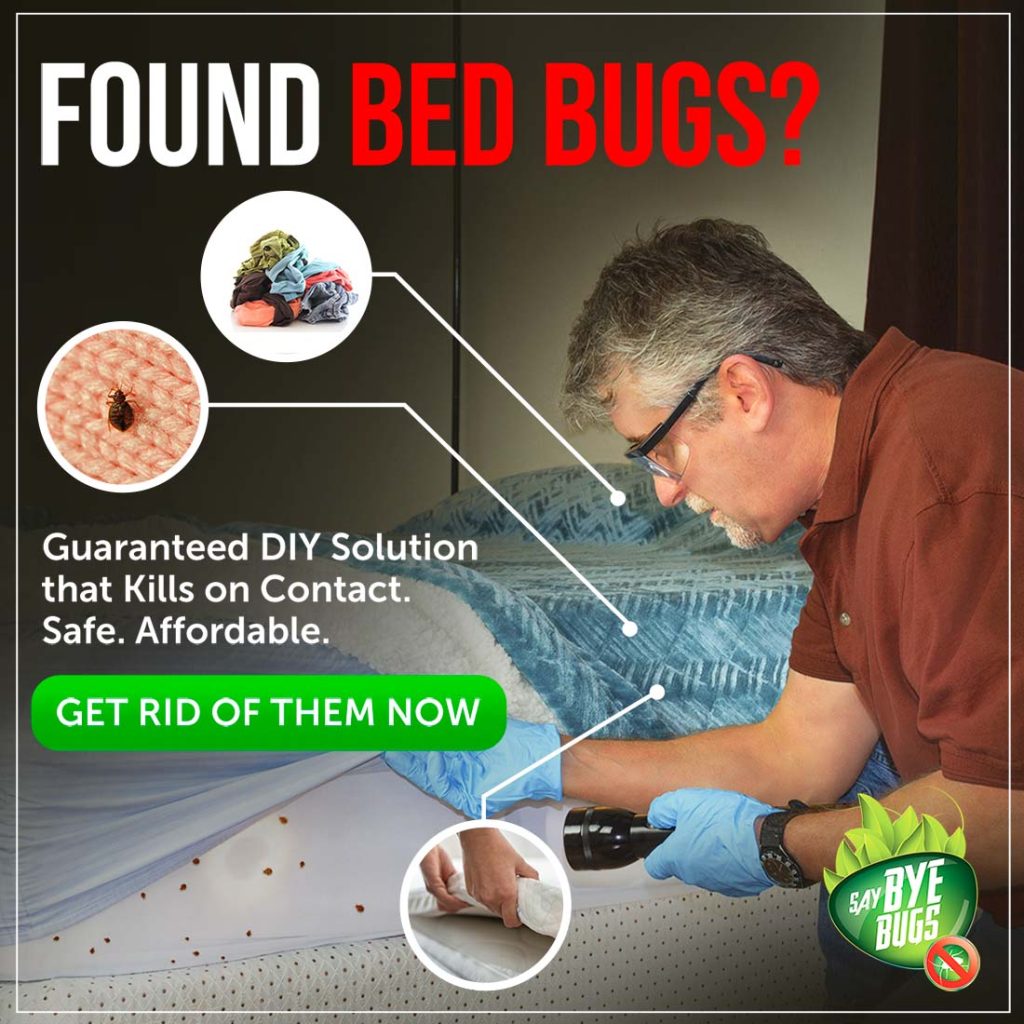


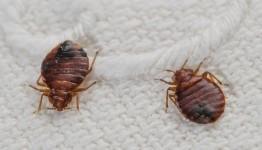

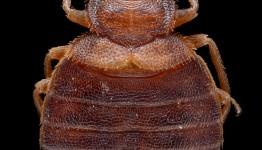



2 Comments